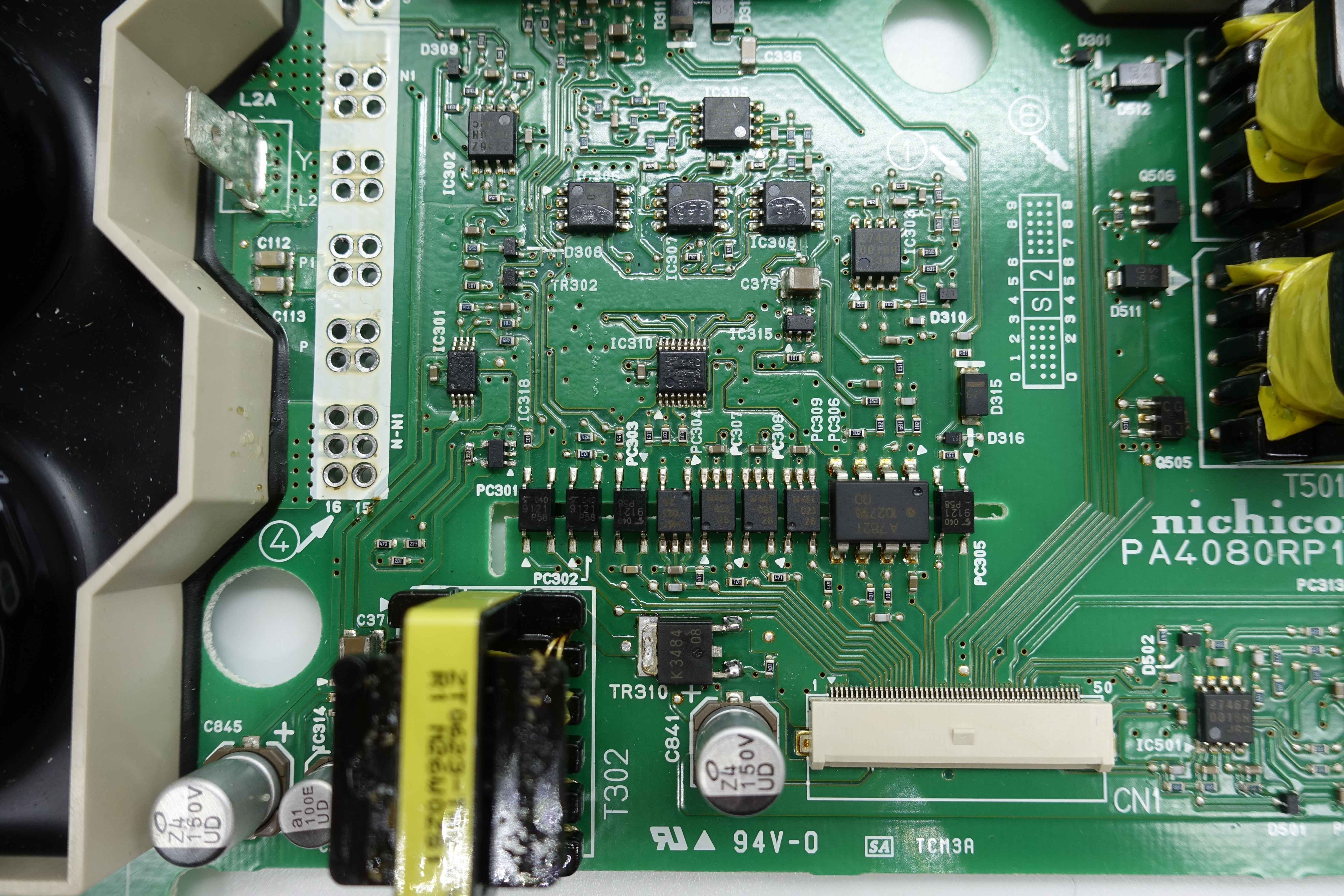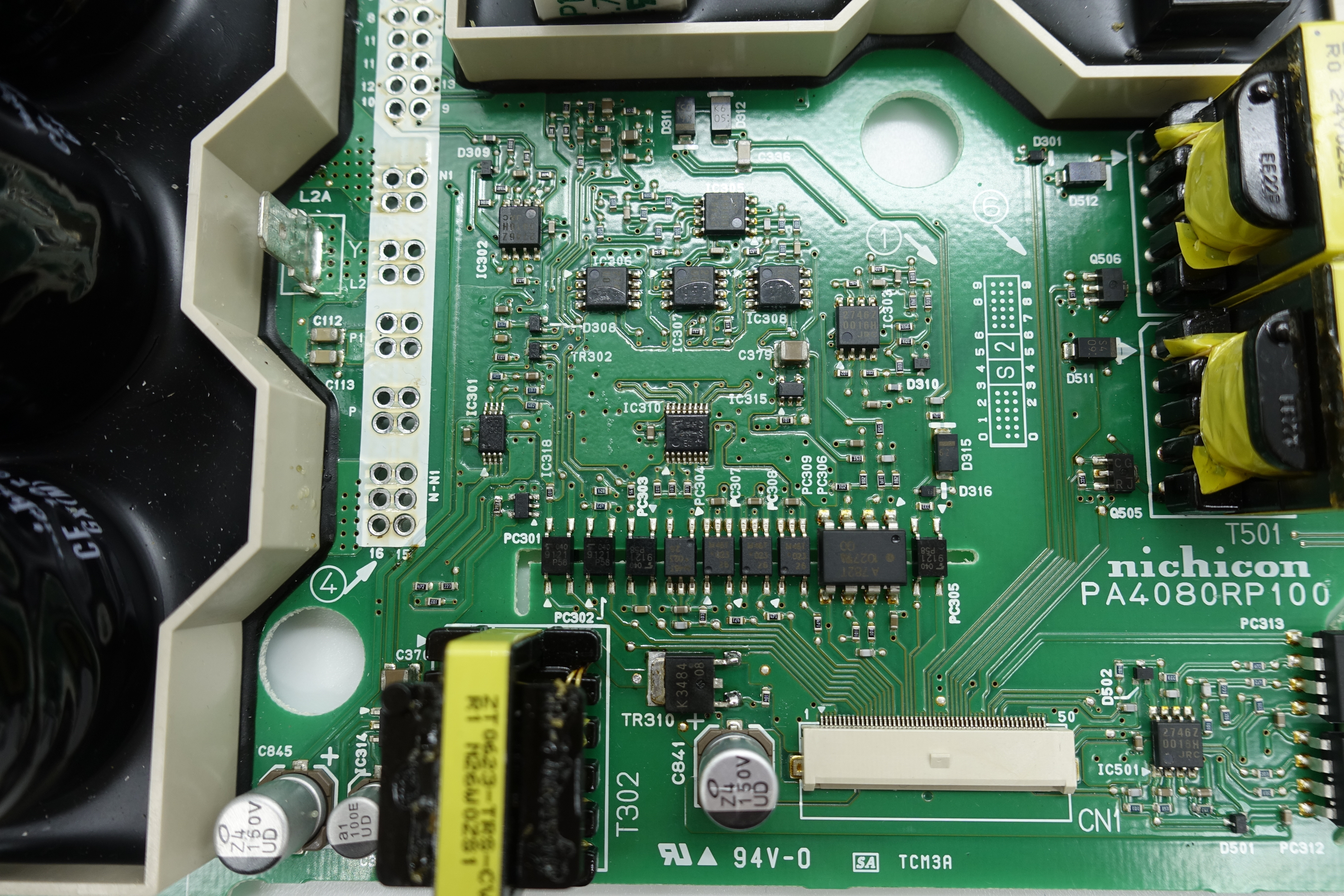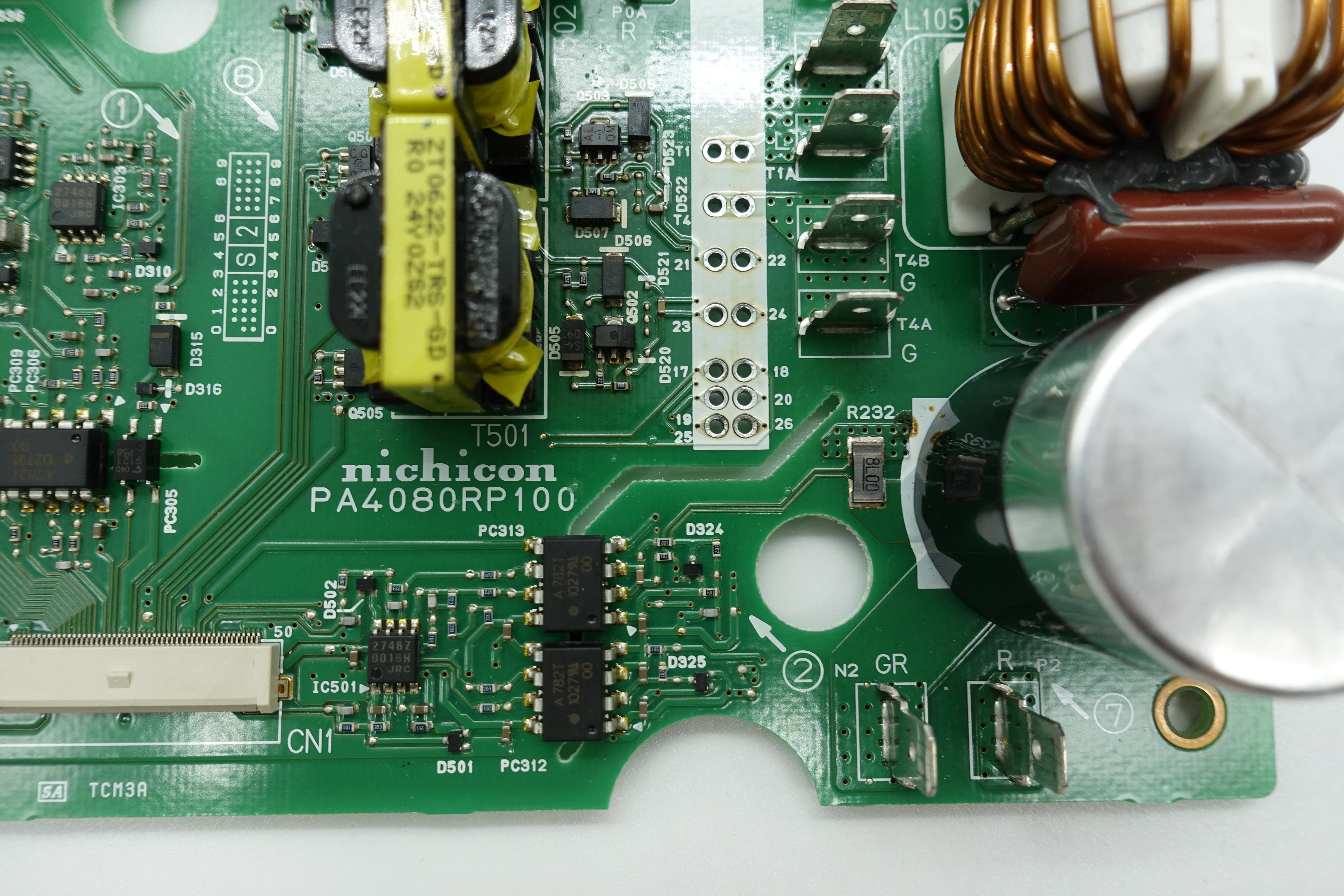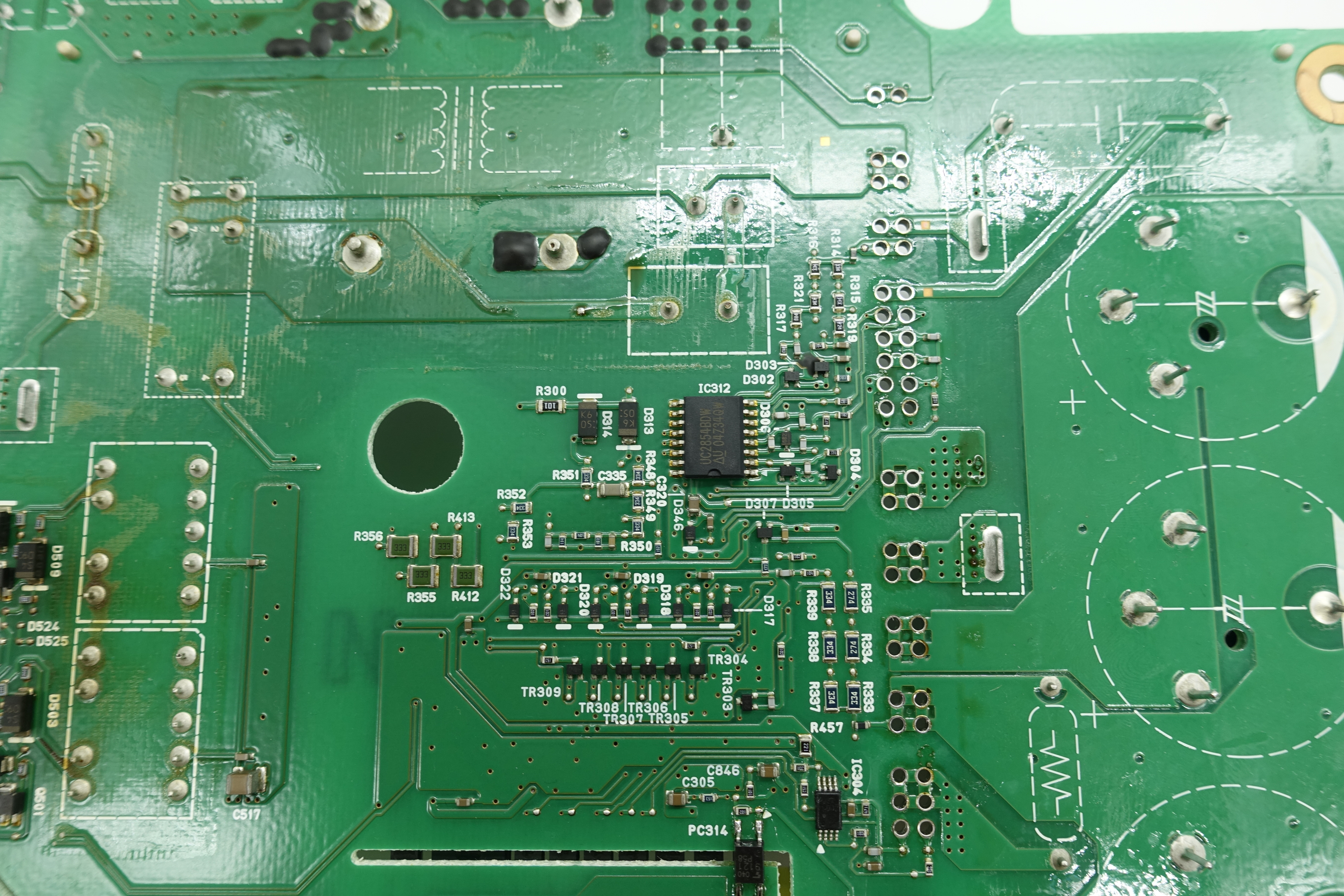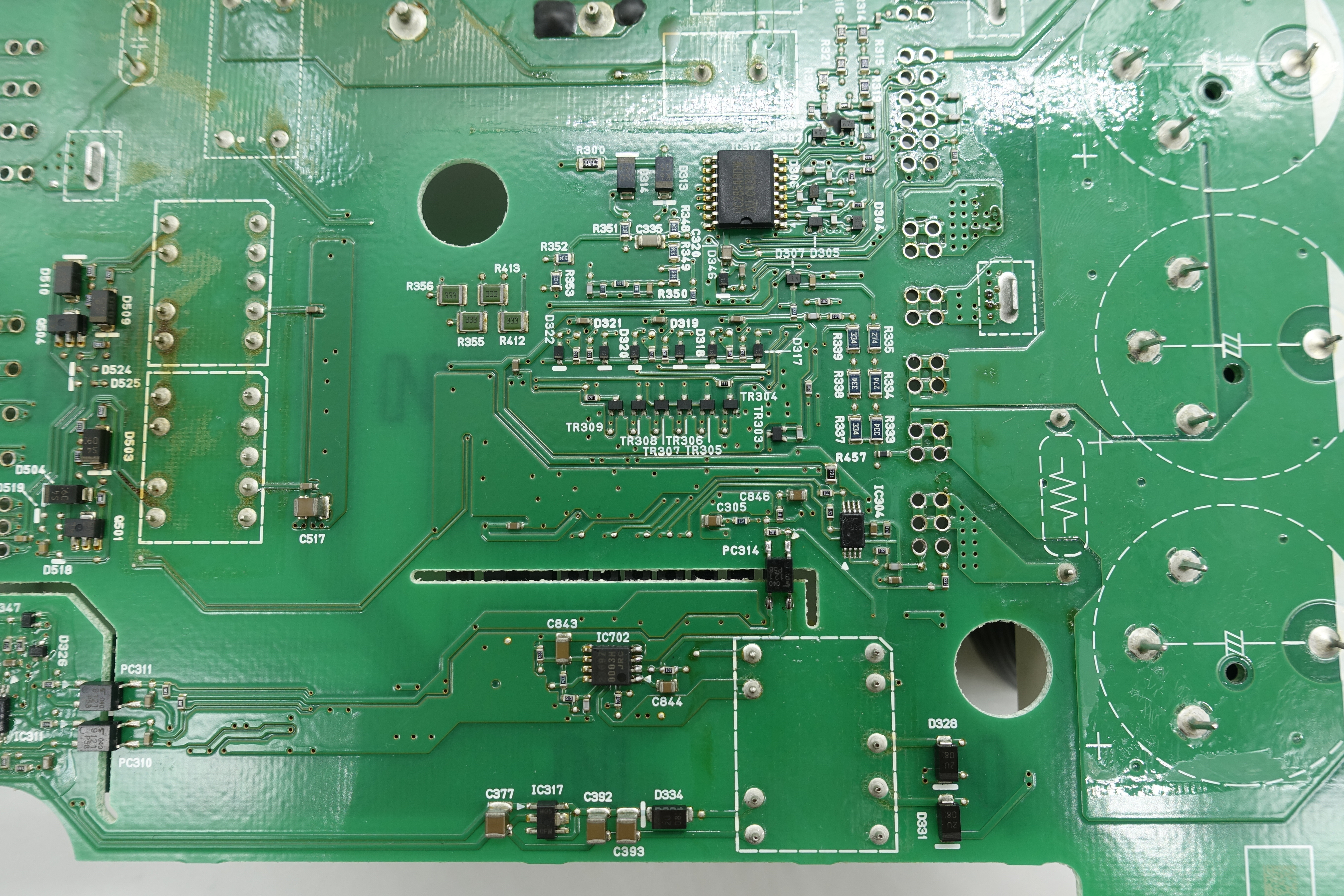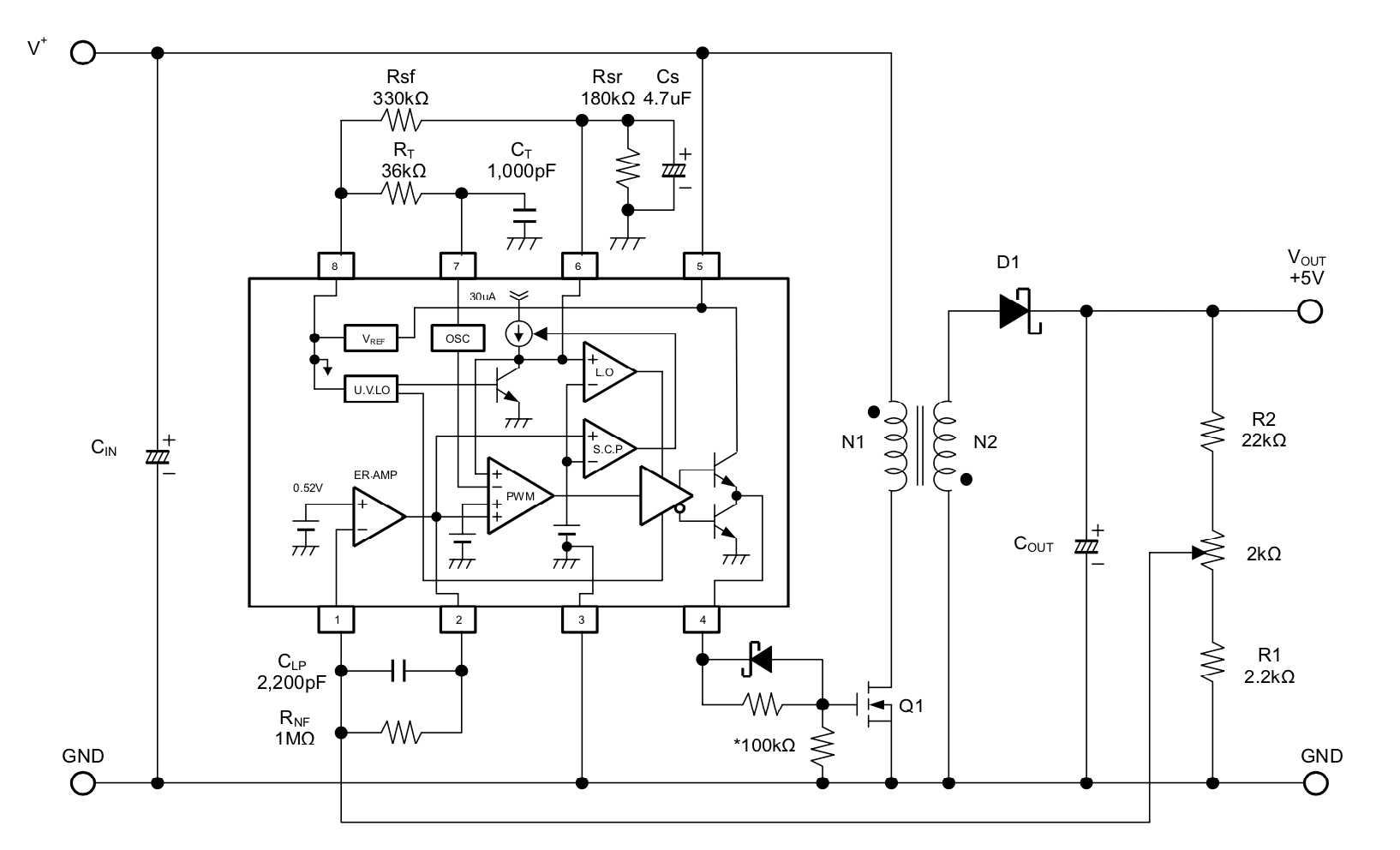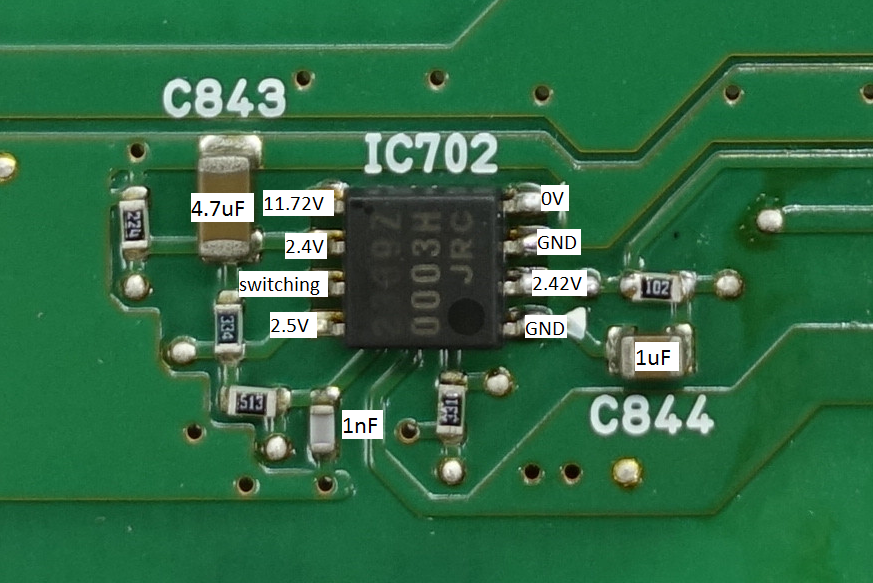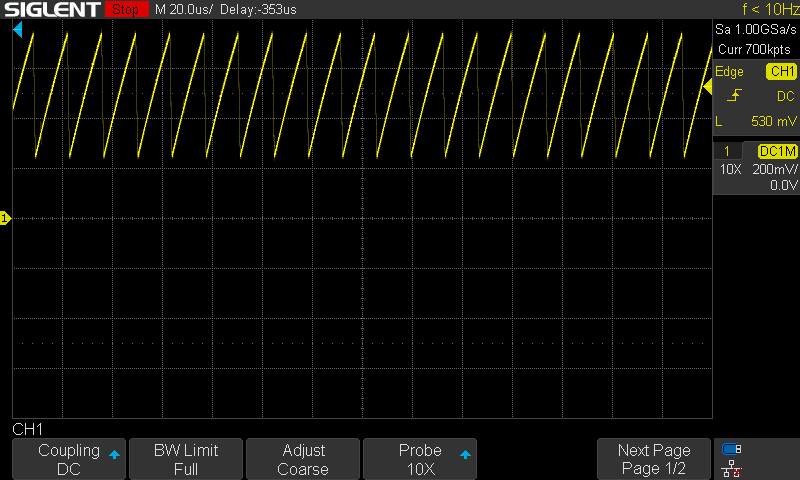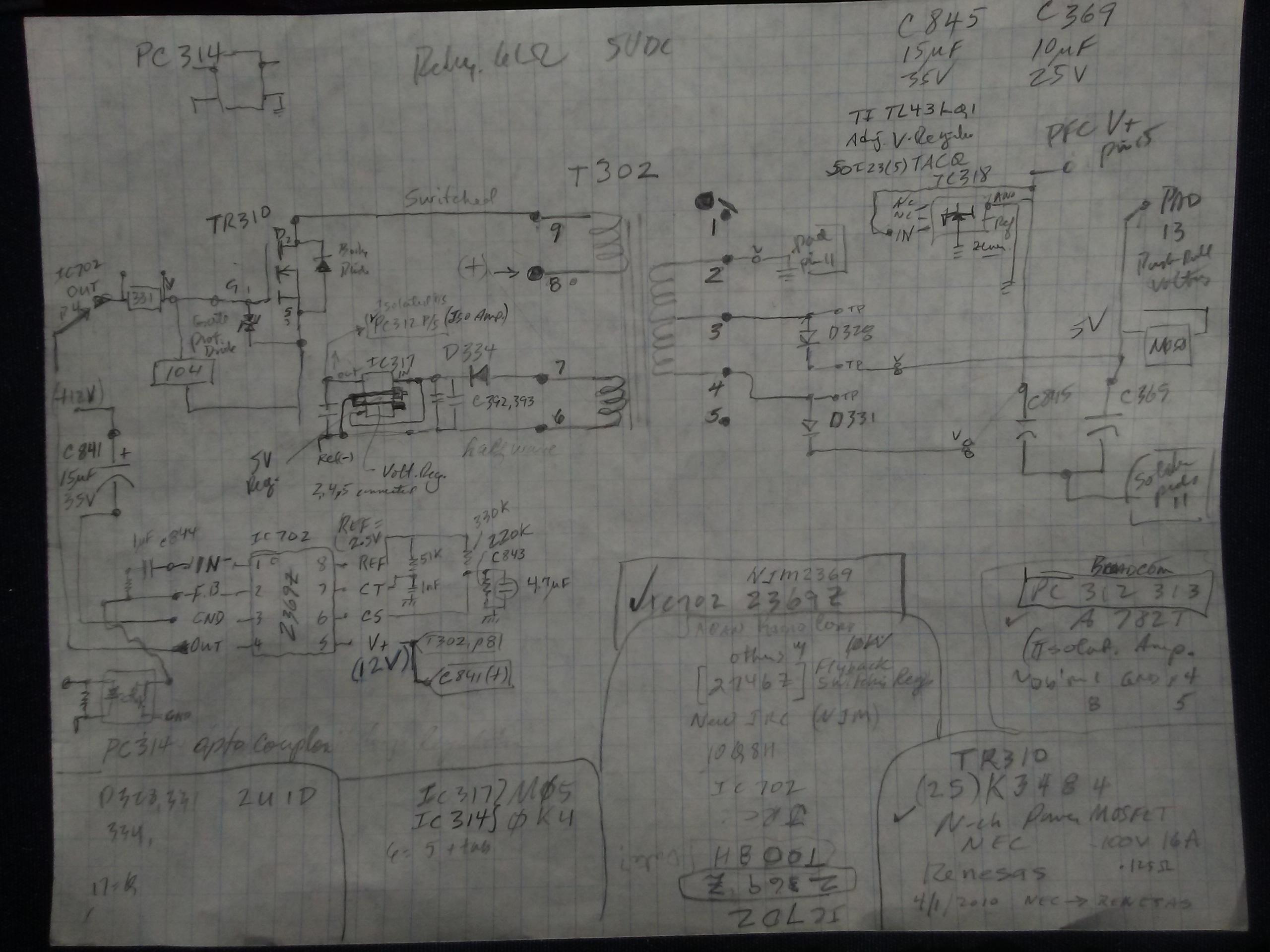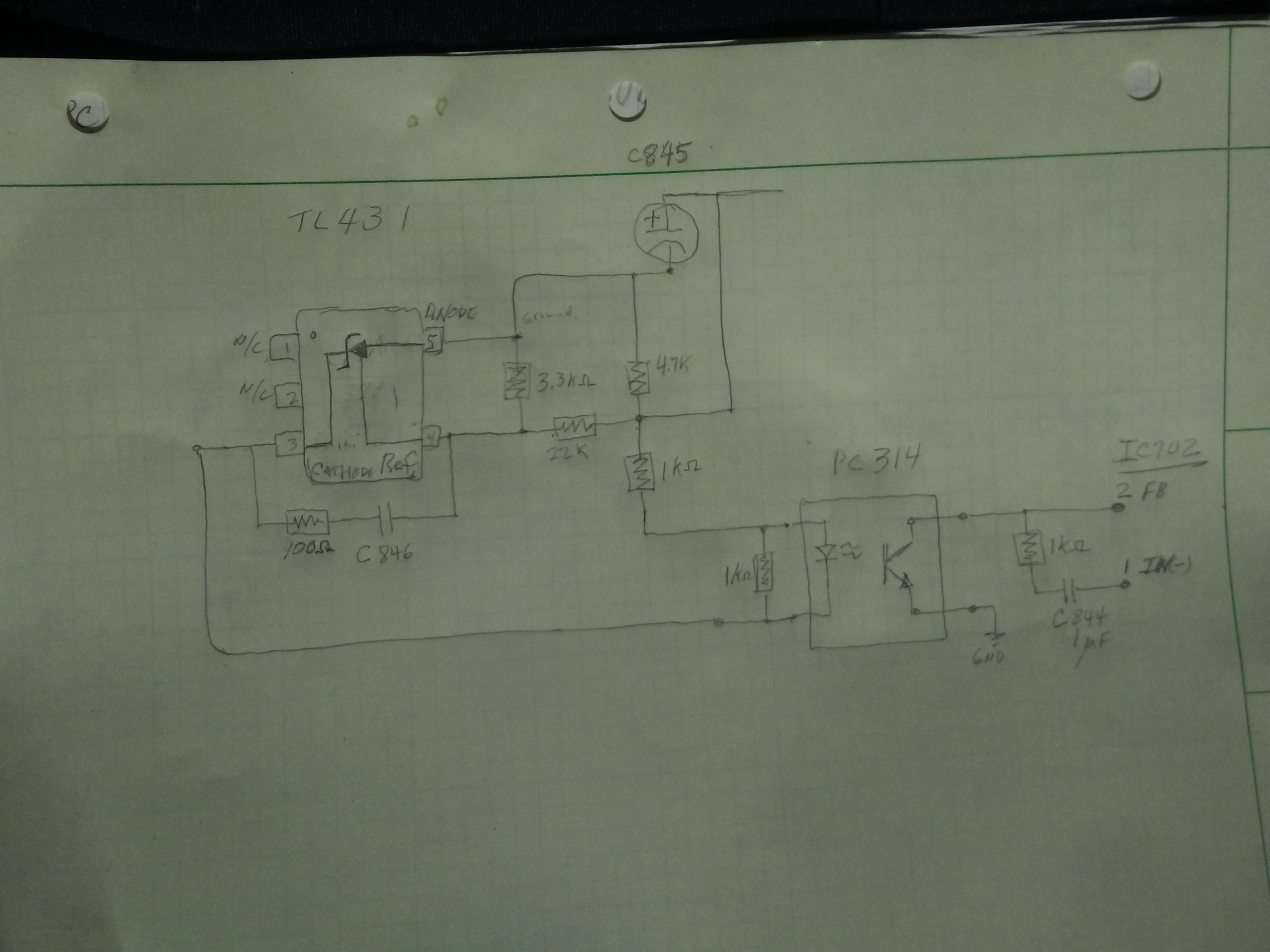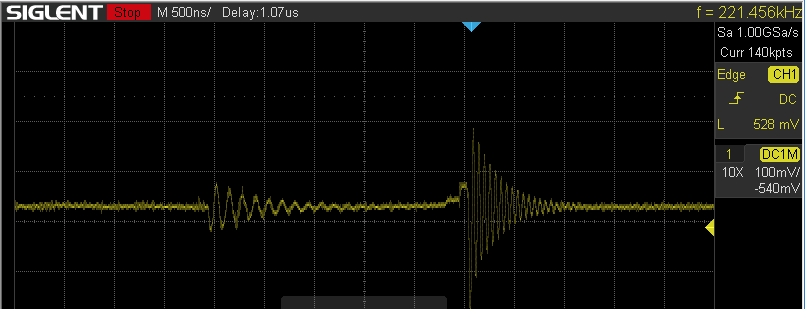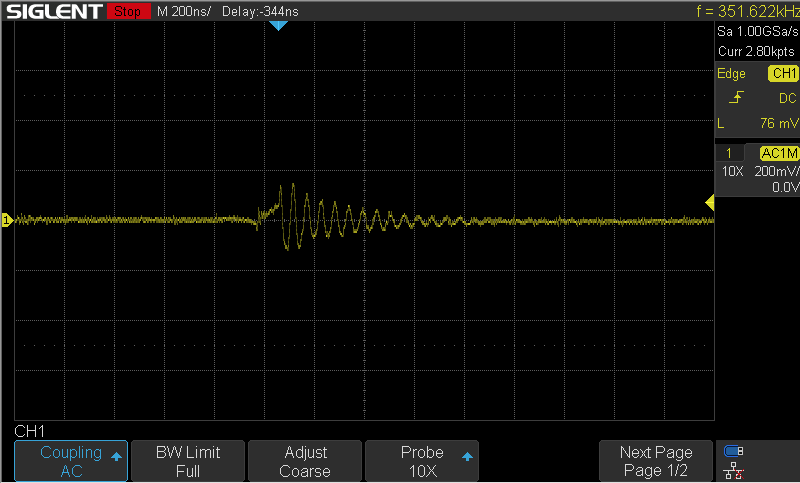zetafunction
Active member
- Joined
- Jul 31, 2020
- Messages
- 35
I tried everything, from cold spray to hot air but I could not replicate the functioning state it was in before. I normally detect defective caps by using cold spray, but I could not find any defective cap, it is a complete mystery to me.
I also tried to find shortet caps using my multimeter but I could not find any shorts. I guess I can desolder some caps and use my LCR Meter to test them but I do not think, this should be my next option.
Also I do not think that a change in temperature lead to the functioning of the board. The temperature in my lab is stable and the soldering was done hours ago. Also the board worked not only once, I powered it up several times over two days to reassure it is working again and shortly before I wanted to take your measurements and put it in the car, it died. I did not even move it since the last time. It is so strange to me.
I also tried to find shortet caps using my multimeter but I could not find any shorts. I guess I can desolder some caps and use my LCR Meter to test them but I do not think, this should be my next option.
Also I do not think that a change in temperature lead to the functioning of the board. The temperature in my lab is stable and the soldering was done hours ago. Also the board worked not only once, I powered it up several times over two days to reassure it is working again and shortly before I wanted to take your measurements and put it in the car, it died. I did not even move it since the last time. It is so strange to me.




